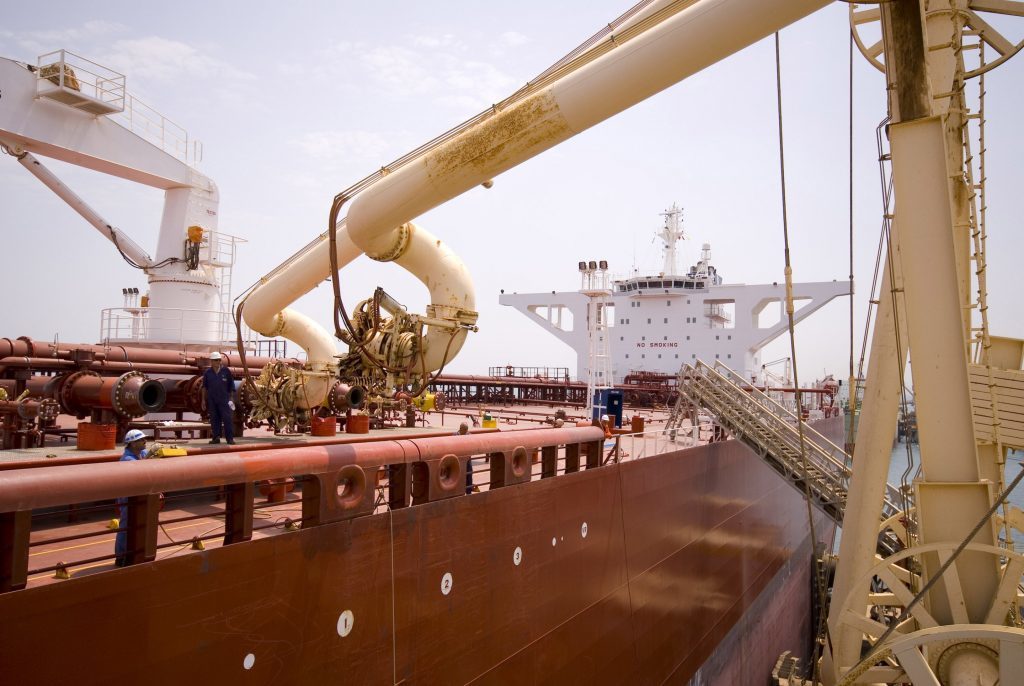
Oil traded near the highest close in more than three years as Iraq echoed a call by the United Arab Emirates and other producers for OPEC-led output cuts to continue, despite recent price gains.
Futures were little changed in New York after rising 4.7 percent last week. The production curbs have contributed to stability in the market and should remain, Iraqi Oil Minister Jabbar al-Luaibi said Saturday. Yet Brent crude at $70 a barrel may be giving fresh stimulus to U.S. shale-oil drillers to boost output, according to the International Energy Agency.
Oil has extended gains after a second annual advance as the Organization of Petroleum Exporting Countries and its allies reduce supply to drain a global glut. Though they have said their historic deal will run until the end of this year, OPEC is “very likely to cut short” the pact if markets become balanced, JP Morgan Securities said in a report.
“In the next 12 months, we see more or less a balanced market,” Fatih Birol, executive director of the IEA, said in a television interview. “Global oil demand will increase. But a lot of new oil production is coming.”
West Texas Intermediate for February delivery was at $64.38 a barrel on the New York Mercantile Exchange, up 8 cents, at 2:33 p.m. London time. Total volume traded was about 45 percent below the 100-day average. WTI rose 0.8 percent to $64.30 on Friday, the highest close since December 2014.
Brent for March settlement lost 5 cents to $69.82 a barrel on the London-based ICE Futures Europe exchange. Prices climbed 3.3 percent last week. The global benchmark crude traded at a premium of $5.52 to March WTI.
The U.A.E sees no big changes in OPEC policy as a result of short-term price fluctuations, Energy Minister Suhail Al Mazrouei said in Abu Dhabi. Qatari Energy Minister Mohammed bin Saleh Al Sada told the official Qatar News Agency that the group should only review its supply accord once crude stockpiles return to their five-year historical average.
Oil-market news:
Bank of America Merrill Lynch raised its 2018 Brent forecast to $64 a barrel from $56. The market is tightening faster than expected because of “improving cyclical conditions,” cold winter weather and strong OPEC compliance, the bank said. U.S. drillers added 10 rigs to fields last week, the most in more than six months, according to data from Baker Hughes Friday. OPEC holds enough spare output capacity to push the global market from deficit to surplus this year, but there’s low probability of it coming into play given the continued commitment to the supply-cuts deal, BMI Research said Jan. 12. Crude demand will expand by about 1.5 million barrels a day in 2018, OPEC Secretary-General Mohammad Barkindo said in Abu Dhabi.
Recommended for you
